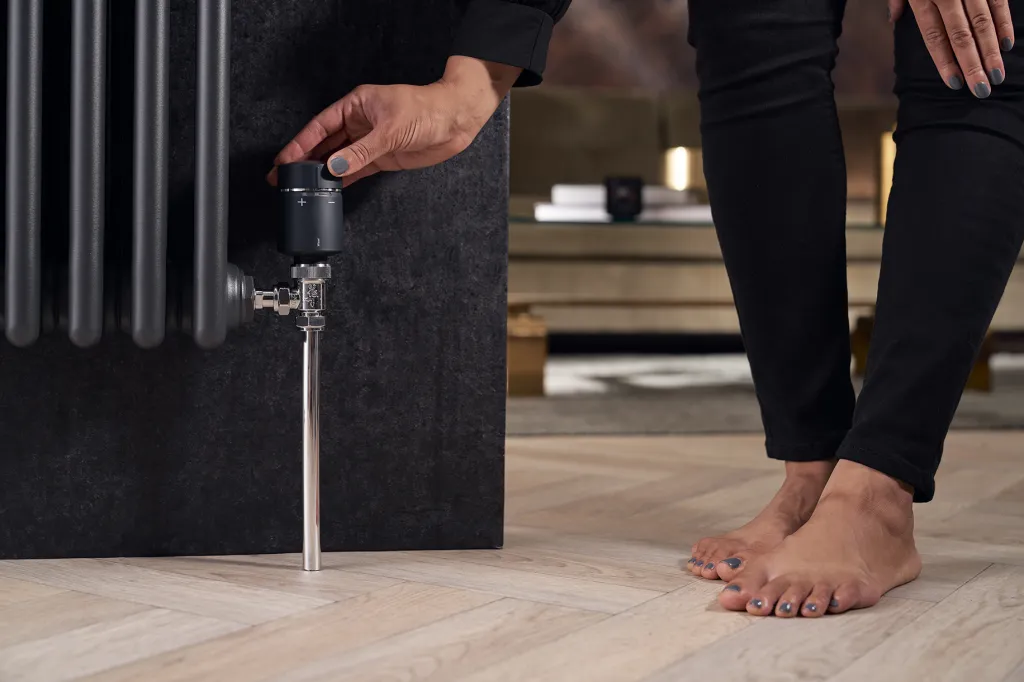The Home Energy Model (HEM) will replace the Standard Assessment Procedure (SAP) as the new methodology for demonstrating that new buildings comply with the Future Homes and Buildings Standard (FHBS), which proposes an ambitious uplift in required energy efficiency standards.
Why does SAP need replacing?
The SAP model used to demonstrate compliance with Building Regulations was first introduced in 1993. Although this has been consistently updated (with the last update in 2022), there are fundamental, longstanding issues with SAP that require a complete overhaul. The original model was designed to be completed using pen, paper, and a handheld calculator. Due to limitations in the availability of technology for onsite assessors, the model needed to be very simple compared to the modern industry standard. SAP is therefore limited in its ability to model and assess modern homes, buildings, and technologies.

As the FHBS will require all new homes and buildings to be future-proofed with low carbon heating and world-leading levels of energy efficiency, the assessment methodology must be built around these improved standards. From 2025, all new homes will need to have carbon dioxide emissions at least 75% lower than those built to current Building Regulations and will need to be ‘zero carbon ready’, without the need for further costly retrofitting work to achieve this.
Changes made with HEM
Various groups, MPs and trade associations have previously called for changes to SAP, ensuring it drives high real-world performance and that it values the benefits of low carbon technologies and enhances support for Net Zero.
In response to calls for change, the new Home Energy Model was proposed and consulted upon by the previous government. Proposals included:
- Ensuring the methodology helps to drive high real-world performance in new homes and buildings by more accurately reflecting the energy efficiency of the home or building.
- Updating the methodology so it values the benefits of low carbon technologies and enhances support for Net Zero.
- Expanding the number of new technologies recognised under the model, and creating a revised, more detailed database of product characteristics.
- Establishing HEM as a more open, evidence-based model that aligns with the modern industry standard.
- Including a new intuitive tool that can produce more accurate heat loss calculation methodology, allowing users to divide buildings into thermal zones.
What this means for building controls
The Home Energy Model is designed to provide a more modern, detailed, and reflective methodology compatible with aims to significantly increase the energy efficiency of the UK’s building stock on the road to Net Zero. The methodology also plans to increase the list of products and characteristics recognised in an assessment as driving higher building energy performance and improved energy efficiency.

Smart thermostats and heating controls can significantly improve a dwelling’s energy efficiency levels. Providing occupiers with more control over their energy use and the required consumption on a room-by-room basis is important to creating a more energy efficient building stock. While SAP was unable to fully recognise and support the implementation of these technologies in homes and buildings, HEM will mean heating controls are able to demonstrate their simple but effective way of minimising energy consumption.
We therefore hope to see improvements made to ensure that heating controls have a greater representation in HEM and fair scoring of individual manufacturers’ products, specifically for smart thermostats. We would also like to see faster timescales for getting products listed on the Product Characteristic Database (PCDB).
As we await the outcome of the Government’s consultation on how the Home Energy Model will work, it is evident that interest in smart thermostats and heating controls will be of major interest to housebuilders complying with stricter Building Regulations set to come into play from 2025.
Related Reading
Drayton stockists near you
Are you an installer?
Check out Drayton Rewards+, our new and improved loyalty scheme that gives you more. Sign up free now to start earning points and access free training!
Sign up today

